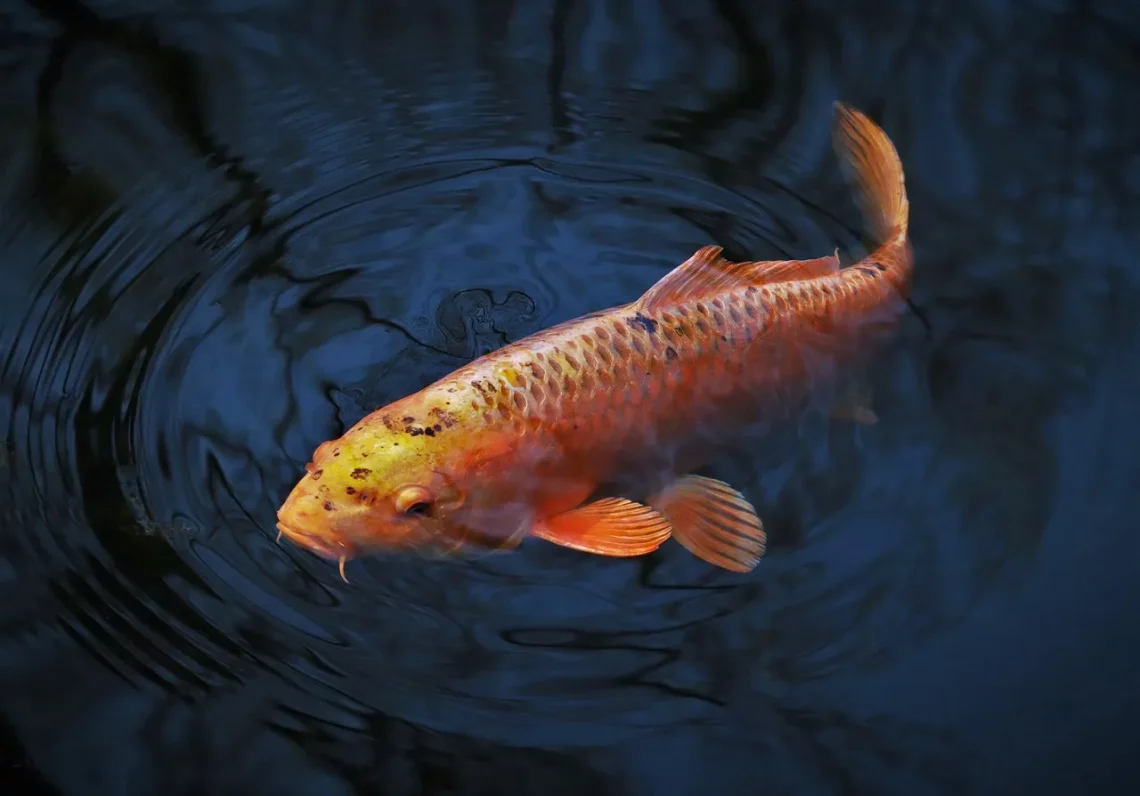
Exploring the Fascinating World of Rainbow Fish Species
The underwater realm is a vibrant tapestry of life, where color and diversity abound. Among the myriad of species that inhabit the world’s oceans, the rainbow fish stands out as a symbol of brilliance and charm. These fish, known for their striking hues and captivating patterns, have garnered the attention of marine enthusiasts and researchers alike. Their unique adaptations and behaviors not only contribute to their beauty but also play crucial roles in the ecosystems they inhabit.
Rainbow fish are not just a visual feast; they are a testament to the wonders of evolution and biodiversity. From their varied habitats in coral reefs to freshwater streams, these species exhibit a remarkable ability to thrive in diverse environments. Their social structures and mating rituals are equally fascinating, providing insight into the complexities of marine life. As we delve deeper into the world of rainbow fish, we uncover the intricate relationships they maintain within their ecosystems and the significance of their conservation.
Understanding these captivating creatures offers a glimpse into the health of our oceans and freshwater systems, reflecting broader environmental changes. The allure of rainbow fish extends beyond aesthetics; it serves as a reminder of the importance of preserving our natural world. Let us embark on a journey to explore the fascinating aspects of rainbow fish species, their environments, and their critical roles in aquatic ecosystems.
Understanding Rainbow Fish Habitats
Rainbow fish are primarily found in two main habitats: freshwater systems and saltwater environments. Their adaptability to both ecosystems has allowed them to thrive in various conditions across the globe. In freshwater, species like the Melanotaenia, commonly known as the Rainbowfish, are prevalent in the streams and rivers of New Guinea, Australia, and parts of Indonesia. These fish prefer clear, flowing waters with abundant vegetation, where they can find shelter from predators and suitable breeding grounds.
In contrast, marine species of rainbow fish inhabit coral reefs and lagoons. The vibrant coral ecosystems provide both food and protection, making them ideal environments for these fish. The dynamic nature of coral reefs, with their shifting currents and diverse marine life, plays a significant role in the life cycle of rainbow fish. They often engage in schooling behavior, which not only helps in avoiding predators but also enhances their foraging efficiency.
The health of these habitats is crucial for the survival of rainbow fish. Pollution, habitat destruction, and climate change threaten their ecosystems, leading to declining populations. Conservation efforts are essential to protect these environments, ensuring that rainbow fish continue to flourish. By maintaining the integrity of freshwater and marine ecosystems, we not only safeguard these species but also contribute to the overall health of our planet’s biodiversity.
Coloration and Patterns: The Art of Nature
The striking coloration of rainbow fish is one of their most captivating features. These vibrant hues are not merely for aesthetic appeal; they serve important functions in communication, mating, and camouflage. The colors can vary significantly between species and even within the same species depending on factors such as age, sex, and environmental conditions.
Male rainbow fish typically exhibit brighter and more vivid colors compared to females. This sexual dimorphism plays a crucial role during mating rituals, where males display their vibrant colors to attract females. The intensity and pattern of their colors can indicate their health and genetic fitness, making it essential for reproduction.
In addition to mating, coloration serves as a form of communication among individuals within schools. Subtle changes in color can signal stress or excitement, helping to maintain social cohesion within the group. Camouflage is another vital aspect of their coloration. The iridescent scales can reflect light in a way that makes rainbow fish less visible to predators in the shimmering waters of their habitats.
The study of these color patterns not only reveals the beauty of rainbow fish but also provides insights into evolutionary biology. Researchers are keen to understand how these colors develop and the genetic mechanisms behind them, which could have broader implications for the study of other species as well.
Behavioral Aspects of Rainbow Fish
The behavioral patterns of rainbow fish are as diverse as their colors. These fish are known for their social structures, often forming schools that can consist of dozens or even hundreds of individuals. This schooling behavior enhances their chances of survival, as there is safety in numbers. When threatened by predators, rainbow fish can quickly maneuver as a cohesive unit, making it difficult for attackers to target a single fish.
In addition to schooling, rainbow fish exhibit a range of interesting behaviors related to their feeding and mating practices. They are primarily omnivorous, feeding on a diet that includes algae, small invertebrates, and plant matter. Their feeding habits often involve foraging together in groups, which allows them to exploit different areas of their habitat efficiently.
Mating behavior in rainbow fish is particularly fascinating. During breeding seasons, males engage in elaborate courtship displays, showcasing their vibrant colors and performing intricate movements to attract females. These displays can vary between species, with some males using specific dances or showing off their fins to impress potential mates.
Parenting behaviors also differ among species. Some rainbow fish are known to exhibit parental care, where one or both parents guard their eggs and newly hatched fry from predators. This investment in offspring increases the chances of survival for the next generation.
Understanding the behavior of rainbow fish not only enriches our knowledge of their ecology but also highlights the complexity of social interactions within aquatic environments. The insights gained from studying these behaviors can inform conservation strategies, ensuring that we protect both the fish and their habitats effectively.
The Importance of Conservation Efforts
The conservation of rainbow fish species is a pressing concern, given the threats they face from human activities and environmental changes. Habitat destruction, primarily due to urbanization, pollution, and climate change, poses significant risks to their populations. As ecosystems become degraded, the delicate balance that rainbow fish rely on is disrupted, leading to declines in their numbers.
Conservation initiatives play a crucial role in safeguarding these vibrant species. Efforts include habitat restoration, pollution control, and establishing protected marine areas. Organizations and researchers are actively working to raise awareness about the importance of preserving rainbow fish and their habitats, emphasizing that the health of these ecosystems is vital for maintaining biodiversity.
Community engagement is also essential in conservation efforts. Educating local populations about the significance of rainbow fish and their roles in the ecosystem can foster a sense of stewardship. Sustainable fishing practices and responsible tourism can help mitigate the impact on these species while supporting local economies.
Moreover, captive breeding programs are being implemented to bolster dwindling populations and reintroduce rainbow fish into their natural habitats. These programs not only aim to preserve genetic diversity but also provide valuable insights into the biology and ecology of these fascinating creatures.
In conclusion, the conservation of rainbow fish species is a collective responsibility that requires collaboration between scientists, conservationists, and local communities. By protecting these vibrant fish and their habitats, we are also preserving the intricate web of life that exists beneath the waves.
In summary, the exploration of rainbow fish species reveals a captivating world filled with color, behavior, and ecological significance. Their habitats and vibrant coloration play vital roles in their survival, while their behaviors offer insights into the complexities of aquatic life. The importance of conservation efforts cannot be overstated, as these initiatives are essential for ensuring that future generations can continue to marvel at the beauty of rainbow fish and their ecosystems.




